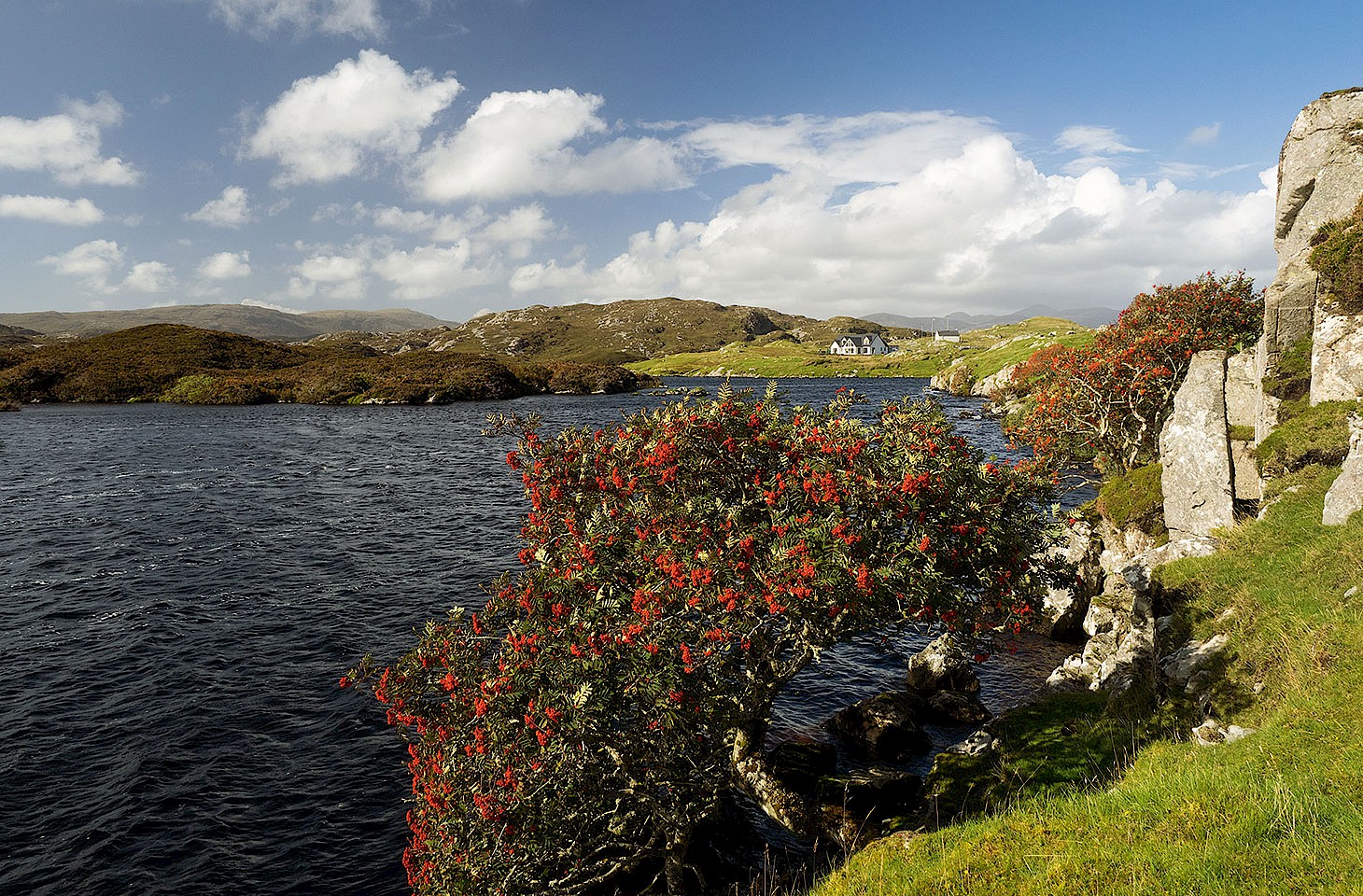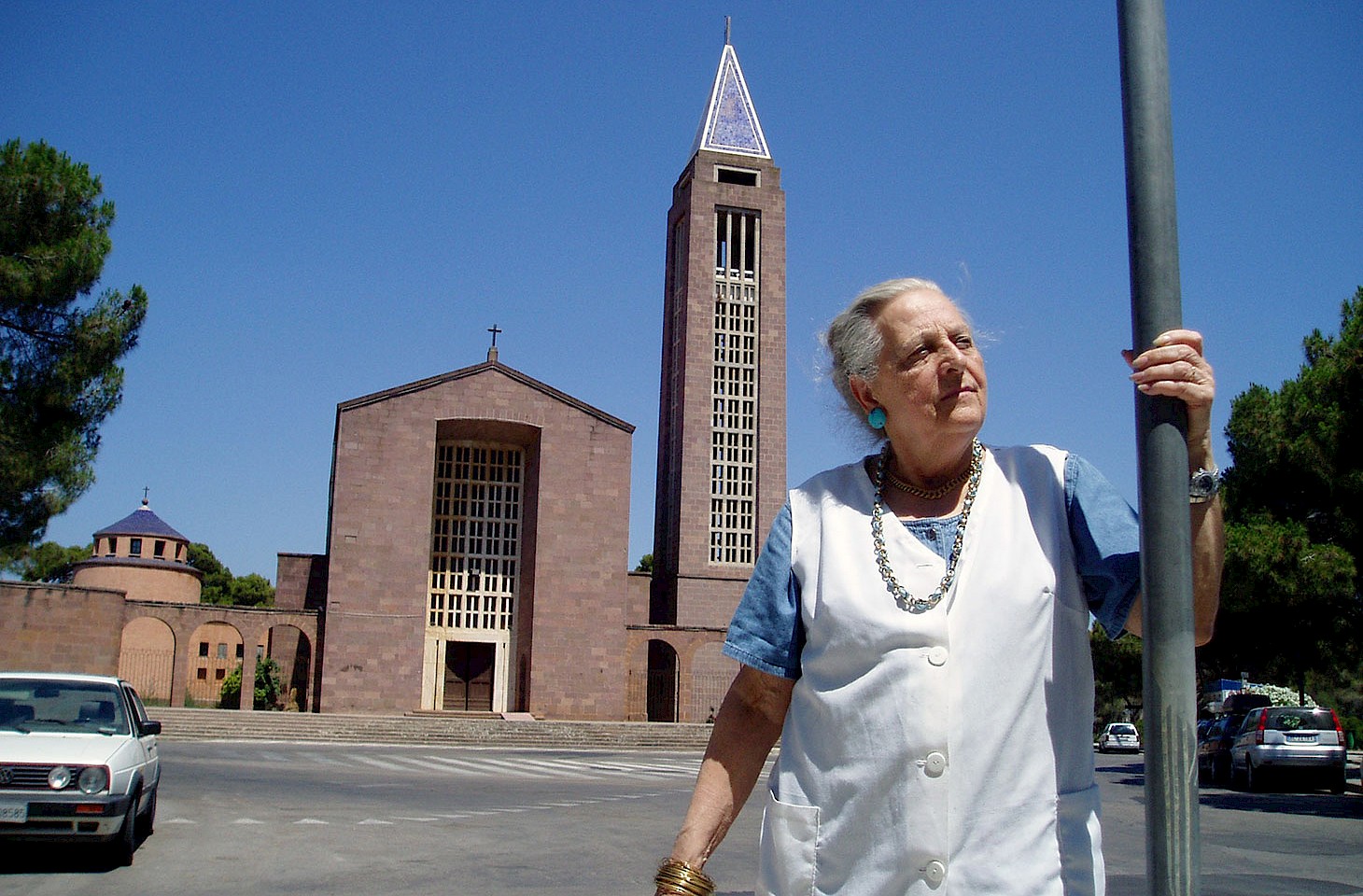It is a bright autumn afternoon and members of a large family outside the Happy Buddha are bidding each other farewell as they go their separate ways. Some speak Turkish, others German. A final wave and then they are off. Welcome to Marienfelde, where the weekend Asian buffet at the Happy Buddha proves that Sunday lunch options in Germany now extend beyond roast pork and potatoes.
Marienfelde is one of a medley of Berlin communities which merge together on the southern margins of the city. To many outsiders who don’t know the German capital, these suburbs are barely distinguishable from one another. Lichterfelde morphs into Lankwitz which in turn becomes Marienfelde. These were all once separate Prussian farming villages. In 1920 they became part of Berlin when the city’s boundaries were extended in all directions to take in the then largely rural hinterland of the capital. The geographical area of Berlin increased twelve-fold overnight.
These communities still retain their old parish churches, cobbled lanes, and many handsome Prussian villas — indeed a walk around Marienfelde reveals examples of each of the principal styles of Prussian vernacular architecture (including both houses and barns) of the mid-nineteenth century. Yet these southern suburbs of West Berlin also have high-density development which reflects the ebb and flow of architectural fashion in West Berlin in the 1960s and 1970s. Heated debates over architecture, we should recall, stood centre stage in the political uprisings in West Berlin in 1968.
Marienfelde is one of a medley of Berlin communities which merge together on the southern margins of the city. These were all once separate Prussian farming villages.
The most assertive expression of radical modern architecture in this part of Berlin is in Marienfelde, where ranks of apartment blocks close to the boundary of Berlin present a strange image as one approaches the capital from the south. Yet, of the three suburbs we have mentioned, Marienfelde is — despite all the modern development — the one which still retains the most striking rural imprint. In cities further west in Europe, land speculation and population pressure combine to create a very fuzzy boundary between city and country. But not here. From a distance, the border between urban Marienfelde and the rural areas just to the south is clean, clinical and unmistakable. The fact that the Berlin Wall (here dividing West Berlin from the DDR) ran along the southern margin of Marienfelde gave added emphasis to this border between the city and its hinterland.
Urban rurality
Dive into Marienfelde and there are a few surprises. There are areas in the middle of Marienfelde which still reveal village-like morphology and land use to the extent that they seem barely changed from the days when Marienfelde was no more than a typically rural Prussian community.



